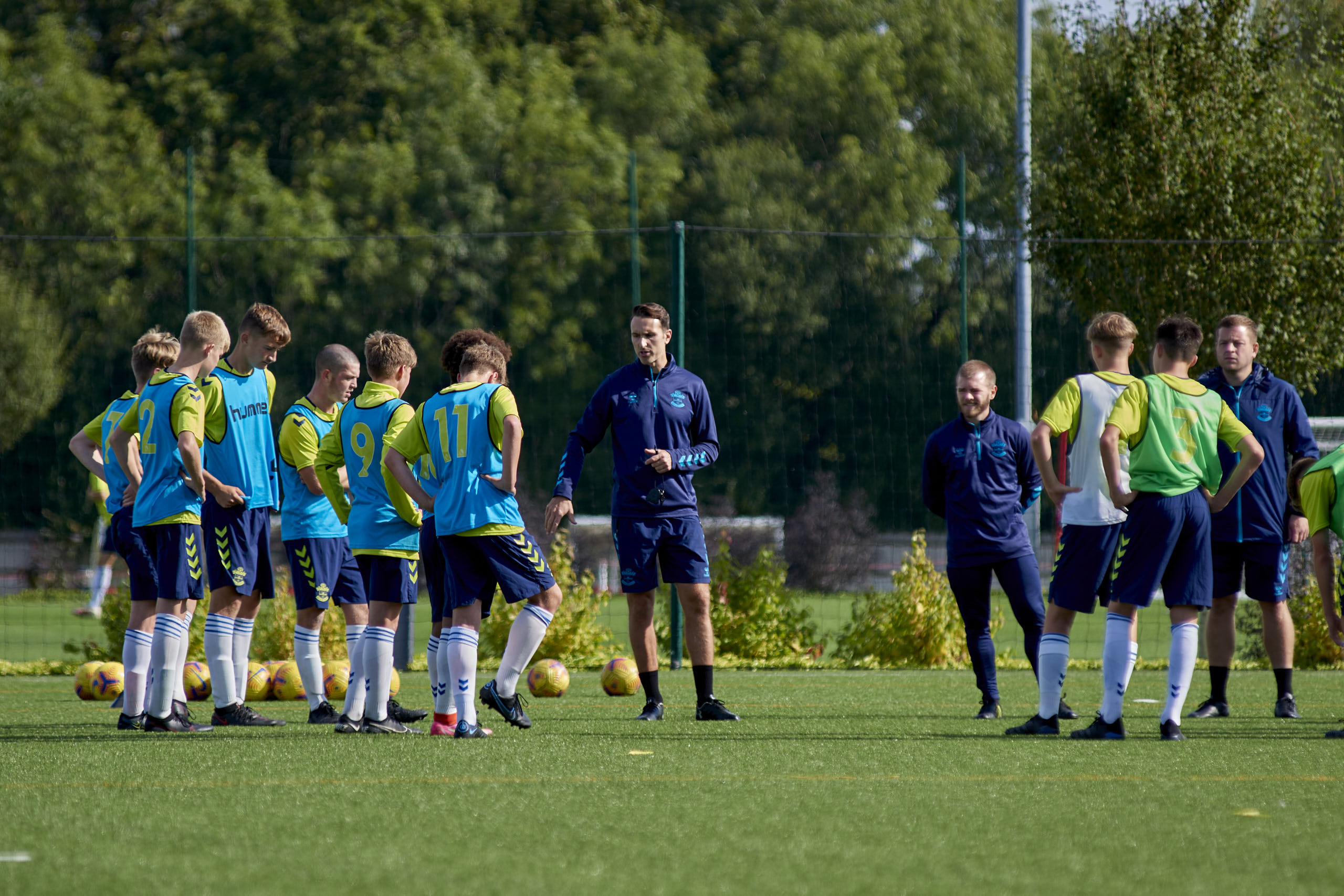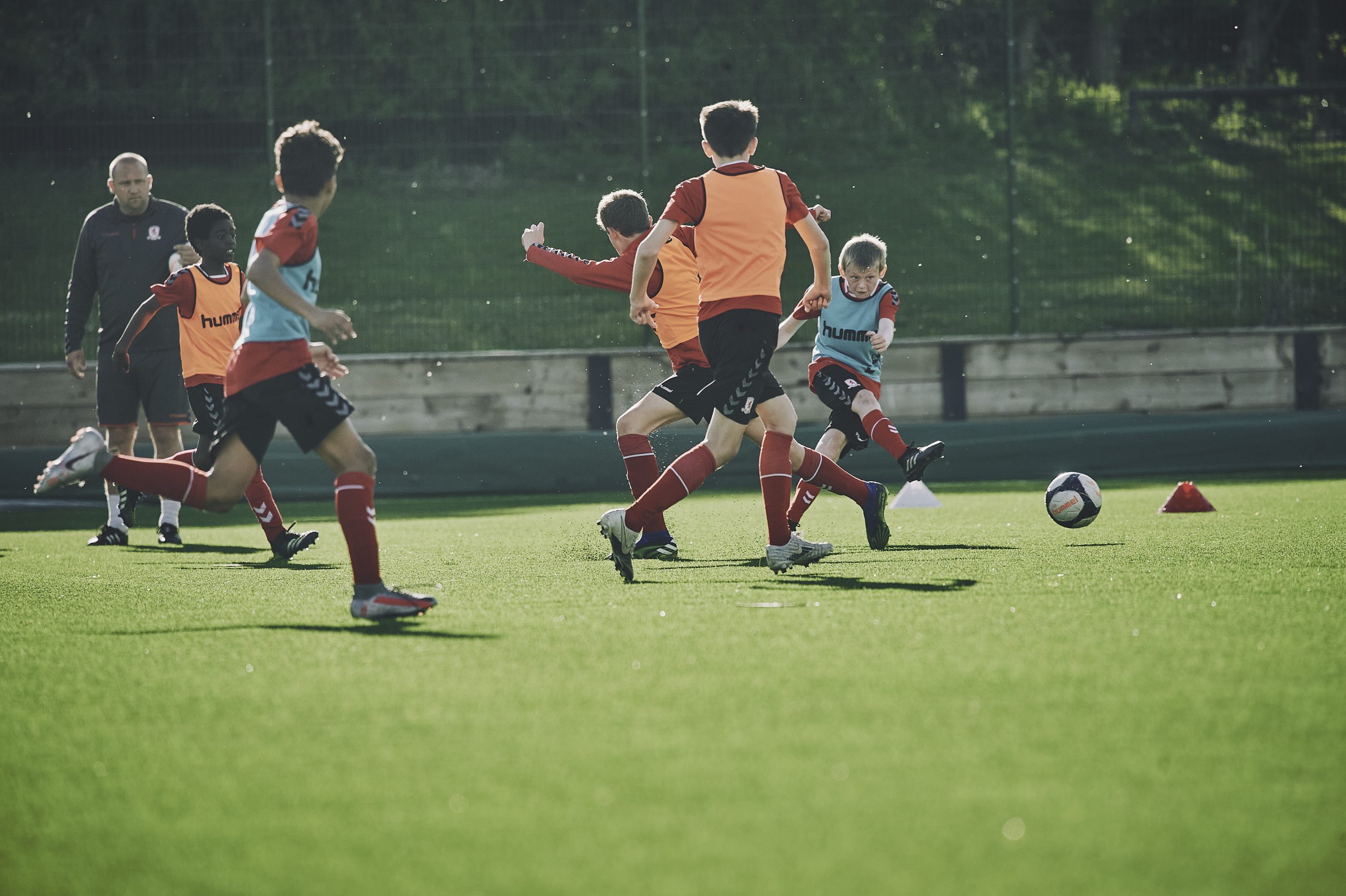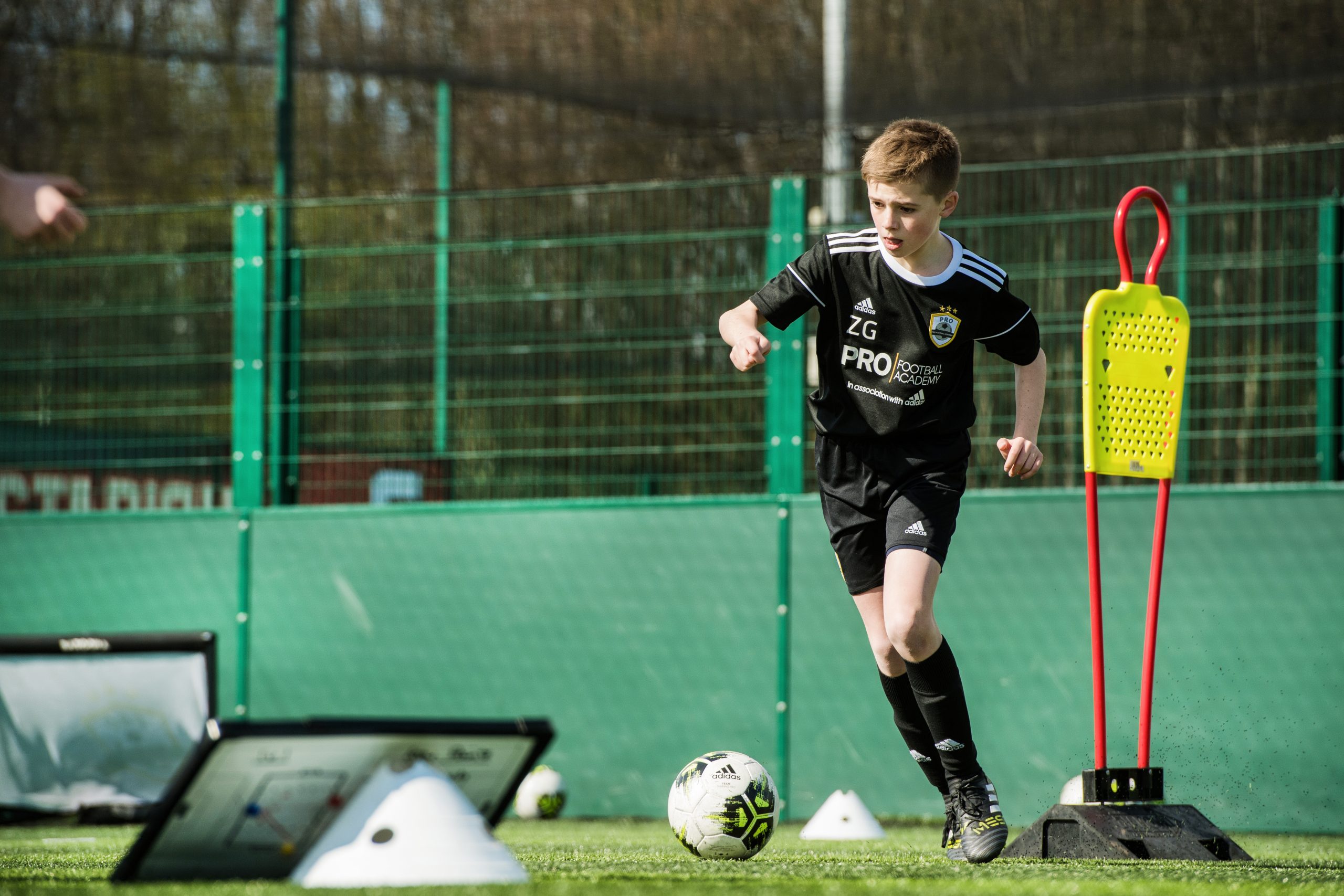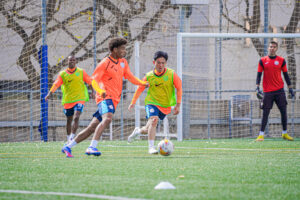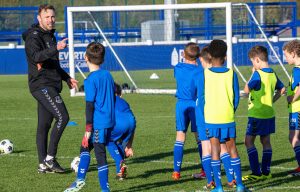How do you organise your training sessions? Do you think they have a positive impact on your players’ learning? In this article, we will show you 4 tips to help your sessions enhance the learning of your players.
As coaches, we are always looking for our young players to improve their skills through the training tasks we carry out in our sessions. To do this, we propose 4 suggestions:
Figure 1. Summary of the 4 ways to enhance your players learning in your training sessions. Source: MBP Coaches’ School
1. Adapt to their characteristics and needs
The first thing is to be aware of who we are coaching and teaching. In previous blogs (September 2024 – blog 2), we talked about the 4 psycho-pedagogical principles that help us to improve the teaching-learning process with our young players. The fact is that adapting the training content and the elements of the environment to what they really need and are capable of learning is a fundamental aspect to help them grow and improve their football skills.
To do this, we must focus on what they need to learn more than on winning games, and to do this they need to train the most appropriate content at each stage of their development. Therefore, as coaches in the development period, we will have the responsibility to identify those behaviours and help our players to understand them and apply them in the game.
2. Design tasks that allow the training of the content
Once we know what we have to train with our players, the next step will be to design appropriate tasks that encourage the training of this content. In other words, to design how we will train them. For this, it will be very important that those tasks foster the work of this content, using rules and scoring systems that adjust to those needs. This does not mean that they always have to be global and highly complex tasks, but that the didactic strategies should be chosen according to each content.
For example, if we want to train a tactical content such as passing lines, it may be convenient to use a global and highly specific task, such as a possession game or a real conditioned game (see figure 2). On the other hand, if we want to train a coordinative skill such as changes of direction and accelerations, a coordinative game or circuit may be better, for the simple fact that it allows us to perform many repetitions of these skills and focus much more attention on their execution (see figure 3).
Figure 2 and 3. Possession game and coordination circuit to train tactical concepts and coordination skills with the ball, respectively. Source: Coaches’ Voice
3. Increase effective practice time
If the tasks we design are very good, but we do not make good use of the time we have available for training, we will not be getting the most out of them. At this point, it is just as important that the tasks are well designed as it is to know how to make the most of the practice time during the session. To do this, we must manage it very well, both for the breaks and in the explanations of each task.
Therefore, it is highly advisable to order the information we have to give before starting any task, so that we can be as brief and concise as possible, without leaving out any important information (February 2025 – blog 1). For example:
Figure 4. The five things we need to inform players about before each task. Source: MBP Coaches’ School
This will allow players to better understand how each task works and to start the task quicker. Once begun, we recommend stopping the game only when it is strictly necessary (to give an important explanation or to make any necessary adjustments). However, when we do so, we should be providing valuable information to the players.
4. Use clear communication during tasks
The previous point leads us to this one. The coach’s interventions during the tasks should be focused, for the most part, on the main content and the main piece of the task that we want the players to learn. To this end, we recommend two types of teaching styles that can help us. The direct command, which is very useful for tasks that want to focus on some of the players‘ coordination skills; or the guided discovery, which is more recommended to train tactical concepts and to develop the players’ cognitive structure, i.e. their ability to understand the game.
While with direct command, the coach can intervene constantly because they will be more repetitive tasks, with guided discovery the coach must only do so in situations where the content and the concept to be given appear – or should appear – and must select very carefully what to ask the players, how and when to do it so that they focus on the game situation and the concept highlighted.
For example, if we are training driving with the ball, with the concept to ‘drive closer or further away from the foot depending on the distance to the defender’, we could ask: ‘How could you have driven the ball faster? Did you have any defenders in front of you?’
With all of this, we aim to get the most out of our training sessions, from their design to their implementation, and that our youth players are aware of what they are learning, how they should execute it and when they can use it during the game. In short, the objective is to have meaningful sessions.
Do you want to improve your training and that of your players?
In the Online Expert in Youth Football course, you will learn to identify the main characteristics of young players and to classify them according to their level of understanding of the game. All of this will allow you to select the most appropriate training content according to their needs and, consequently, learn to design training sessions and tasks that respect and favour their learning processes in order to, over time, help develop better players.

